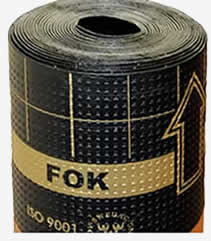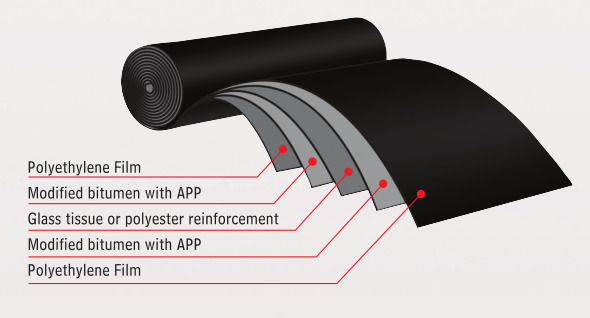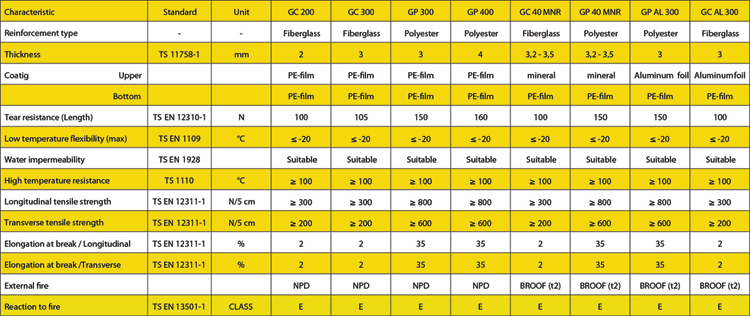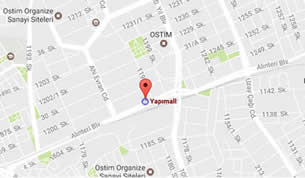
Waterproofing Membranes
Waterproofing is a basic requirement of construction. A building or structure is waterproof using membranes and coatings to maintain structural integrity. Nevertheless, many households and commercial buildings annually report damages and problems that may be due to insufficient waterproofing and implementation.
To avoid such problems, you can have a look at the membranes, which are one of the waterproofing systems that give effective results. waterproofing membrane is an effective material that can meet your needs.
Sometimes a completely waterproof membrane is removed from the design, but this is not the main reason behind the waterproofing failure. Poor workmanship is the leading cause of waterproofing failures; 90% of all malfunctions occur due to negligence or inadequate workmanship. A waterproofing membrane is required to protect the floor from liquids that can penetrate or damage it. This is especially true if there is a room or foundation under which water to be insulated under it can be damaged. Therefore, ground penetrations such as floor wastes and other luminaires need to be carefully placed on the membrane in order to ensure continuity of the waterproofing and to ensure sub-surface drainage. Waterproofing to specially designed drainage systems can significantly increase the integrity of the waterproof membrane to drainage. In short, if you don’t want to secure your business and experience problems in your home after poorly made insulation work, you should include the waterproofing membrane in the construction process.
Application Area
Bituminous membranes can be applied in all areas where water can affect the structure such as walls which have contact with ground, foundations and layers with the ground.
They can also be used in external walls which is below of the water level , balconies, terraces, bathrooms and toilets.
Additionally they can be used in the structures for water reservoirs, artificial ponds or resting walls. It provides, in many ways a better economical and aesthetic solution.

| Cold Bending | : | -5 between-20°C |
| Temperature Resistance (Minimum) | : | 110 °C |
| Breaking Point (Fraass) | : | -15 between -25 °C |




